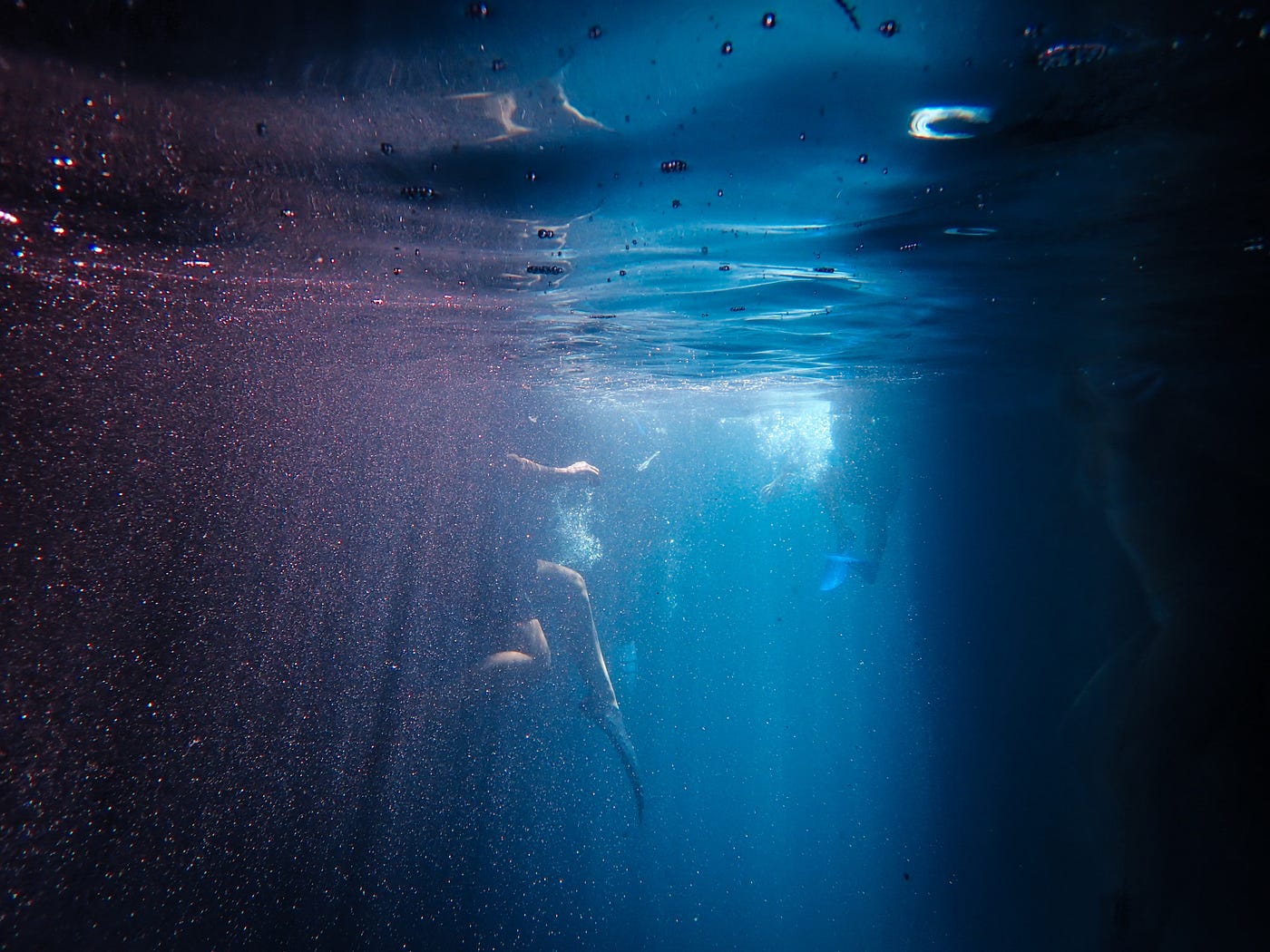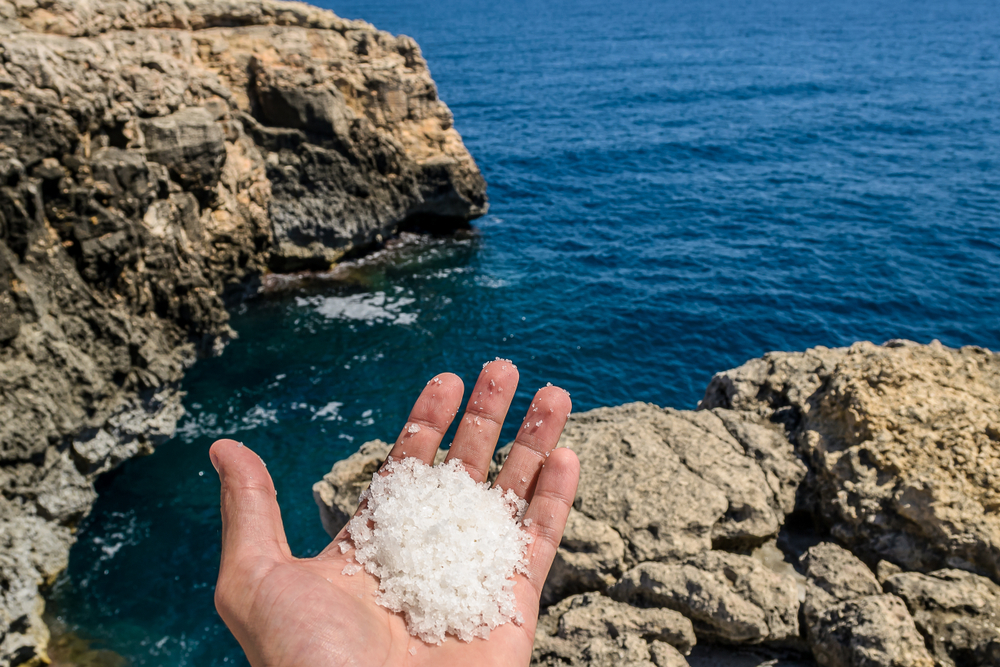weatherontheair.com – The deep sea, a realm shrouded in darkness and mystery, harbors some of the most extraordinary secrets on our planet. From bizarre creatures to hidden landscapes, the ocean’s depths are a treasure trove of wonders waiting to be discovered. This article delves into the enigmatic world beneath the waves, exploring the hidden marvels that lie in the deep sea.
The Abyss: A World of Darkness and Pressure
Extreme Conditions
The deep sea, often referred to as the abyss, is a challenging environment. Temperatures plummet, light is almost non-existent, and the pressure is immense. Yet, despite these harsh conditions, life flourishes in the deep, adapting in remarkable ways to survive.
Bioluminescent Creatures
One of the most fascinating adaptations is bioluminescence. Many deep-sea organisms have the ability to produce their own light. This serves various purposes, from attracting mates to luring prey. The eerie glow of these creatures illuminates the dark waters, creating a mesmerizing underwater spectacle.
Hydrothermal Vents: Oases of Life
Life Without Sunlight
Hydrothermal vents are one of the most astonishing discoveries in the deep sea. These underwater hot springs spew superheated water rich in minerals, creating an ecosystem that thrives independently of sunlight. Chemosynthetic bacteria, which convert chemical energy into food, form the base of this unique food chain.
Unique Species
Around hydrothermal vents, scientists have found species that are found nowhere else on Earth. Giant tube worms, which can grow up to 2.4 meters long, and blind shrimp with light-emitting organs are just a few examples of the bizarre and fascinating life forms that inhabit these oases.
The Mariana Trench: The Deepest Part of the Ocean
A Journey to the Challenger Deep
The Mariana Trench, with its lowest point, the Challenger Deep, is the deepest known location on Earth. Reaching depths of over 11 kilometers, it is an extreme environment that pushes the limits of life. Despite the challenges, expeditions to the trench have revealed a surprising amount of biological activity.
Discoveries and Challenges
Exploring the Mariana Trench is a monumental task that requires advanced technology. Manned submersibles and remotely operated vehicles (ROVs) have allowed scientists to capture footage and collect samples from this remote location. The discoveries made in the trench have expanded our understanding of life’s resilience and the potential for life in other extreme environments, both on Earth and beyond.
Conservation Efforts: Protecting the Deep Sea
The Importance of Preservation
The deep sea is not only a source of wonder but also a vital part of the Earth’s ecosystem. It plays a crucial role in regulating climate, supporting biodiversity, and providing resources. However, the deep sea is under threat from human activities such as deep-sea mining, overfishing, and pollution.
Steps Towards Conservation
Conservation efforts are essential to protect the deep sea’s fragile ecosystems. International agreements, marine protected areas, and sustainable management practices are key steps in preserving the deep sea for future generations. Public awareness and education are also crucial in fostering a global commitment to the protection of the ocean’s hidden wonders.
Conclusion
The deep sea is a world of hidden wonders, a place where life thrives in the most extreme conditions. From the bioluminescent creatures that light up the darkness to the unique ecosystems around hydrothermal vents, the deep sea continually reveals its secrets to those who dare to explore. As we uncover the mysteries of the deep, we must also commit to protecting this extraordinary realm. Through conservation and sustainable exploration, we can ensure that the deep sea’s secrets are preserved for generations to come.

